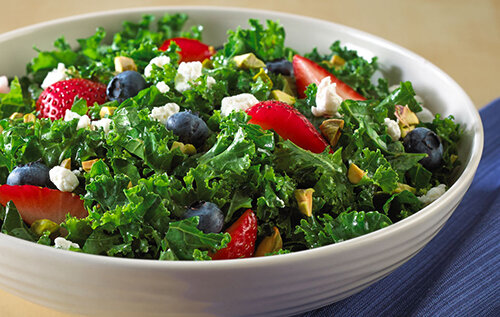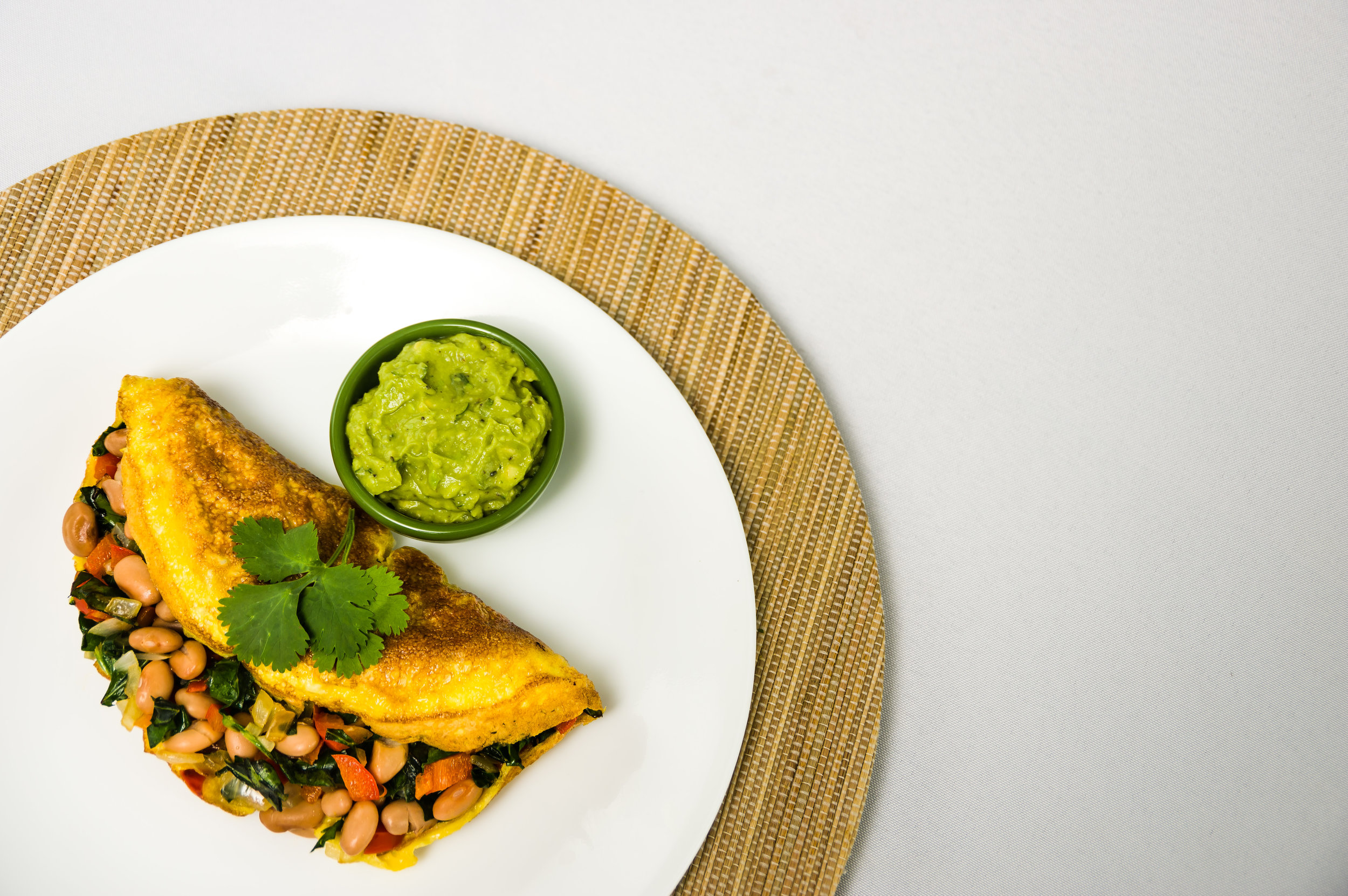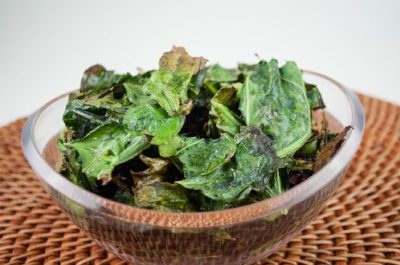A long day at the office. A stressful day with the kids. An unsatisfying lunch or lack thereof. Things like this lead us to search for our most favorite foods to make the day a little better. It’s hard to beat the pleasure of a cheesy slice of pizza or a warm gooey cookie, so who says these cravings can’t be healthy?
Feel as if that’s impossible? No worries! Start with following these few tips and tricks that we use to incorporate healthier options into our recipes. Try embracing whole-grain options, replacing butter with heart-healthy oil, and exploring lighter cheeses. Stuff your veggies where you can, don’t forget seasoning goes a long way, and learn where to make the right substitutions to get the nutrients your body needs. Before you know it, you’ll be implementing these easy changes into all of your recipes.
From our kitchen to yours, here are some recipes that have made our worst days better and our tummies a little fuller!
For all my Pizza Lovers
Barbeque Chicken Pizza with Mustard Green Pesto
A favorite meal that everyone is bound to love. Grab a bag of Nature’s Greens Mustard Greens, pick your favorite crust, and add just a few more toppings before letting this tasty pizza cook for 15 minutes. Whether you decide to share it or save it all for yourself is up to you!
Mac & Cheese? Yes Please!
Collard Mac & Cheese
This go-to dish has all the same delicious ingredients plus one, collards! It only takes 10 minutes to cook and you can easily make this as a main course or a quick snack.
We all know the cheesier the better so give it a try! View the full recipe.
Not Just a Tuesday Night Taco!
Buffalo Cauliflower Kale Tacos
Tuesdays may be taco night but this dish will have you craving them every day of the week. Grab a few tortillas, chop up some cauliflower, then add our Nature’s Greens Kale greens and a few other necessities for a yummy twist on a veggie-loving favorite.
These tacos have all the right toppings. It’s up to you how hot you like it! Give it a try.
A Sweet Secret!
Hidden Kale Cookies
This is a sweet treat that you’ll want one too many of. This recipe calls for basic baking ingredients, a bag of our Nature’s Greens kale, and some grated carrots for a snack worth sharing!
We know you’re ready to get cooking so check out what Nature’s Greens products were used in these recipes below and join us on our website to find where these products are sold closest to you. Feel free to share these tasty dishes with your friends and family and leave us a few comments on what comfort foods we should transform next! Don’t forget to check us out on social media too for more tips, tricks, and recipes @naturesgreens!































